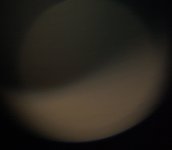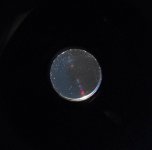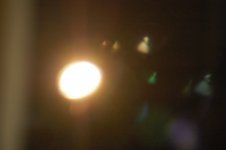All,
Some terms I'm hearing used to describe binocular shortcomings... glare, flare, internal reflections, veiling, ghosting, haze, and stray light. Are these being used to describe the same thing? or are they very different phenomena? I've heard of a few others, but they are escaping me at the moment... (well into a bottle of red at the moment... of course, I only do this for the health benefits). B
Feel free to jump in with your .02....
CG
Some terms I'm hearing used to describe binocular shortcomings... glare, flare, internal reflections, veiling, ghosting, haze, and stray light. Are these being used to describe the same thing? or are they very different phenomena? I've heard of a few others, but they are escaping me at the moment... (well into a bottle of red at the moment... of course, I only do this for the health benefits). B
Feel free to jump in with your .02....
CG









